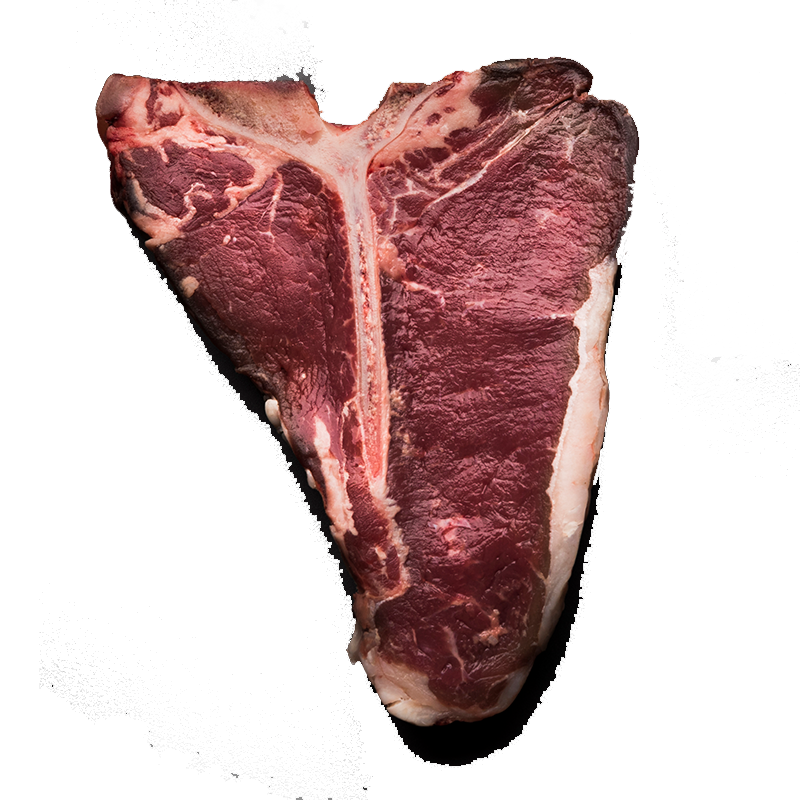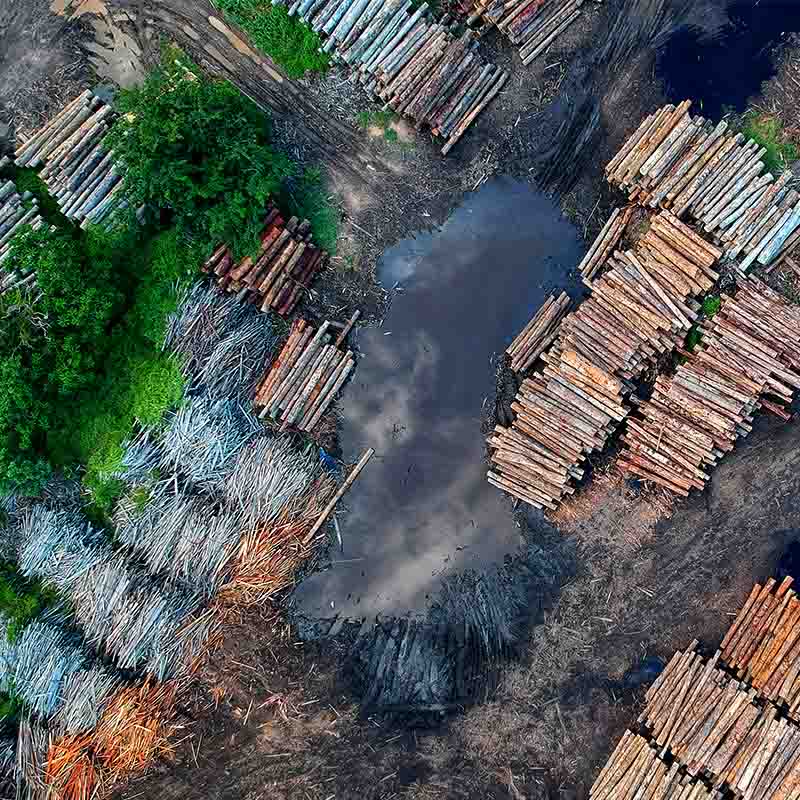The role of animal agriculture in climate change

Meat, dairy, and egg production are among the leading causes of human–caused climate change, soil erosion, water pollution, and the decrease in biodiversity. According to the FAO (Food and Agricultural Organisation of the United Nations), farmed animals are responsible for 14.5% of total greenhouse gas emissions. Animal agriculture also accounts for at least half of all food–related greenhouse gas emissions. In total, the global food system contributes about 30% of all human–made emissions..Worldwide, the top 20 meat and dairy corporations produce more greenhouse gas emissions than the whole of Germany
Direct emissions: methane and nitrous oxide from animal husbandry
While carbon dioxide is the most notorious greenhouse gas, responsible for about 27% of animal agriculture‘s greenhouse gas emissions, methane is potentially 28 times more harmful than carbon dioxide in terms of its global warming potential, while nitrous oxide is 265 times as potent.7. The greatest source of the former is cattle, who, like all ruminants (cows, sheep and goats), produce methane during their digestive process. This gas is responsible for ut 44% of animal agriculture‘s total greenhouse gas emissions. Nitrous oxide, on the other hand, is released when animal manure is used as fertiliser, composted, or otherwise processed. It is especially problematic if more nitrogen is used than the vegetation can absorb. About 29% of the meat industry‘s emissions are in the form of nitrous oxide. The immense scale of beef and dairy production means that cattle farming contributes the biggest share of the meat industry‘s total greenhouse gas emissions, at 65%. Emission levels continue to rise due to ever–intensifying meat and dairy production.
Indirect emissions: Land use changes promote climate change
Besides being a huge source of emissions, animal agriculture further exacerbates climate change as vast areas of forests, grasslands, and wetlands are cleared to provide land for grazing and to grow animal feed crops. Forests and other wild–lands mitigate climate change by acting as massive carbon sinks, in which carbon is absorbed from the atmosphere and sequestered underground
Deforestation has serious consequences for the environment

Often referred to as the lungs of the earth“, the Amazon rainforest is critical to regulating the world‘s climate and weather cycles. Yet a staggering 20% has already been destroyed, and an equally big area is facing the same threat.“) If the destruction of the Amazon rainforest continues uinchecked, we will reach a point of no return, which could lead to the complete collapse of the Amazonian ecosystem, with grave repercussions for global climate
Forests, wetlands, and grasslands fulfil vital functions for local climates and water supplies. Their destruction and conversion to farmland are among the largest sources of carbon dioxide emissions. Furthermore, the resulting habitat destruction endangers plant and animal wildlife, compounding the pressure on biodiversity and ecosystems.
Thus, animal agriculture has a doubly damaging effect on climate: not only does it produce huge amounts of harmful greenhouse gas emissions, it also destroys Earth‘s natural defence systems.
Loss of fertile land diminishes harvests
Additionally, fertile topsoils such as humus and peat, which are rich in organic matter, are at risk of erosion due to deforestation, wetland drainage, and unsustainable land management. These priceless natural resources cannot be restored within our lifetime. Agricultural machinery, over–fertilisation, toxins, and monocultures deplete and loosen the soil, which is then carried away by wind and rain. Poor soil leads to weak harvests, which in turn necessitate the cultivation of ever–expanding areas of farmland. The earth‘s soils also act as huge carbon sinks and contain more carbon than the entire atmosphere or all of the planet‘s vegetation. The destruction of topsoils further compounds the problem of global warming.
Our food choices determines our carbon footprint
Rising incomes and urbanisation across developing countries are driving an increase in meat consumption. These changing demographics are bringing about a global food transition in which less–processed, highly plant–based traditional diets are being replaced by diets higher in refined sugars, refined fats, and animal products. If the consumption of meat and other animal products increases at current rates, global greenhouse gas emissions from animal agriculture will rise by nearly 80% by 2050, making the climate targets
set in the Paris Climate Agreement unrealistic. Therefore, reducing animal consumption is a crucial step towards meeting the 2°C target.
Even though consumption of animal products plays a major role in climate change, there is little public awareness of the link between diet and climate change. Recognising the climate impact of different foods is a crucial first step in making climate–friendly food choices.
A plant–based diet is climate–friendly
There is consistent evidence that diets high in plant–based foods and lower in animal products are less damaging to the climate. Consider, for example, that, depending on various factors, producing 1 kg of beef releases between 10 and 30 kg of carbon dioxide into the environment, while producing 1 kg of tofu releases only 1 kg of carbon dioxide. Replacing beef with beans would free up 42% of US farmland, achieve 75% of the US‘s 2020 climate goal, and provide more than sufficient dietary protein.” Studies sliggest that personal food–related carbon footprints could be halved with the adoption of a plant based diet, and that if everyone adopted a vegan diet, worldwide food related greenhouse gas emissions could be reduced by up to 70% by 2050. Given that, calorie for calorie, meat, dairy, and other animal–based foods create more greenhouse gases and require significantly more land and other resources
than plant–based foods, it is easy to conclude that, besides its many other benefits, a plant–based diet is one of the simplest and most effective ways that each one of us can make a positive impact on climate change.